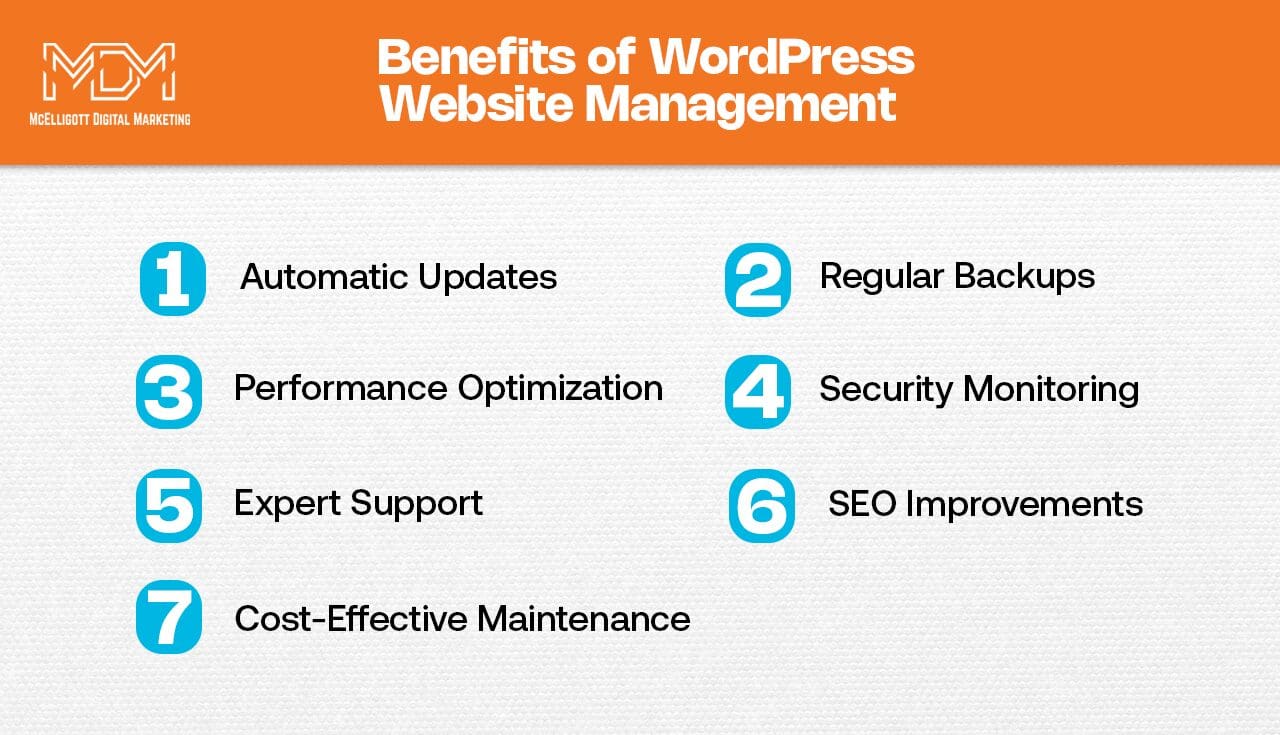Did you know that according to a survey, 70% of people prefer to get to know about a company through articles and blogs?
You need to leverage these statistics to bring in more revenue and attract and retain more clients, or else you are missing out.
Blogging is a one-time investment that can be repurposed in an unimaginable number of ways again and again. If you put in the effort to create good quality and valuable content one time, then it is only an upward track.
Blogs help build a positive relationship with your clients, create social proof, and help you to be a thought leader in your own industry. This can help you stand out from the crowd. You can even repurpose your content for social media, emails, promotional messages, and cross-promote.
But you are here to know an expert opinion on how each of these things can help you and how your blog can make you a successful marketer.
Keep reading to know more!
What NOT to do
Understandably blogging has been treated as the most negotiable part of marketing strategies for most companies. This is what sets the top 1% of companies in your industry apart.
Before knowing how to leverage the power of blogging, let us set clear rules as to how not to treat your company’s blogs.
- Not posting consistently.
Consistent blogs show the company’s commitment to not only being a thought leader in the industry but also to resolving customer queries. Not just to the search engines but also to anyone who takes the time to visit your page.
This does not mean that you publish a blog 3 times a week without providing any value in the content forcefully.
But aim to approach blogging as a systematic and logical way of connecting with your customers rather than information overload followed by months of no communication.
Post consistently, brainstorm ideas that match up with any upcoming events and let it create magic for you.
- Wrong content manager
The content manager who handles these blogs essentially decides the tone and voice of your company. Somebody who does not identify with the ideals of the company may unintentionally give out the wrong impression.
At the same time, having too many people involved will defer your blogs more than necessary and make it a complicated process.
To overcome this, you can create a small team that pitches in ideas every month, which creates the central theme and goals, and one content manager who then decides how exactly to achieve that.
In this way, the roles and responsibilities are equally divided, and moreover, the company’s voice remains one without confusing the customers.
- Complex language
It is common to assert a person’s knowledge through the use of complex language. But it is, for sure, not practical.
Readability is an important measure of determining the quality of a blog piece nowadays, not because more people lack the word skills but because nobody has that extra time and energy to sit through and understand.
While looking for a blog, customers are either checking the credibility of your company or trying to find a solution to their problem. Both of these are distressed, emergency needs that can make them impatient.
Trying to deviate from the topic or expressing a complex thought when it is not needed will make your customers move away to the next blog, which can solve their problems.
- Not formatting correctly
But what if you do need to express a complex thought in order to convey your motive?
You format your blog n a way that becomes super easy to understand. Formatting also helps you to get rid of unwanted phrases that do not essentially follow the same line of thought.
Here are some tips to format your blog like a pro:
- Use Headings, Sub-headings, and sub-subheadings generously. This helps you structure your article smartly, and the readers can jump to the part which they need to read easily.
- Use White spaces instead of clogging space. This makes your article look neat and also easier to read.
- Stay away from clickbait titles if you want to attract a smart audience. Deliver what your promise.
- Reduce lengthy paragraphs and sentences, and break everything down to the basics.
- Citing sources and cross-linking your own content.
Citing credible sources in your blogs for data-intensive topics makes your blog look well-researched and can also support your point.
Not just for data points, supporting your argument with the opinions of industry leaders or bloggers who cover the same topics is also helpful.
This helps you gain some recognition in your community as well as earn some backlinks if you are lucky!
Cross-linking is a great way of promoting your old content, which is still relevant. By repurposing your old blogs, you can open up new conversations, plan new ideas and strategies and even find something more useful!
Also, when you have done the hard work of creating high-quality content, why not keep it alive as much as possible?
These are the things you need to stay away from while launching your blogs as a marketing tool. It is okay if you have made any of these mistakes earlier, but moving forward, you should have a clear vision of the things that your team should avoid.
Since blogging is seen as an extension of personal opinion, the lines between what should be presented and how is often faint and hard to recognize.
Now we can move ahead with the things that you definitely should be doing to grow your business, brand, and revenue.
The Do’s
Keep reading to know about things that can make your blog stand out to various search engines so that they rank better and also to readers so that they can share it with their friends and family.
- Have clear goals and objectives
You might be considering blogging to increase your personal brand. Or you might want to establish a long-term connection with your customers. Or you are starting to assert your leadership in your industry by sharing valuable insights and data.
Or you might have a completely different objective as to what exactly you want to achieve with regular blogging.
Whatever it is, define that goal and plan your content accordingly.
In each of these cases, the tone of the content will be completely different. Blogs that seek connection will have various questions and relatable information. Blogs that want to assert thought leadership will talk in business terms about relevant data points.
You can have various blogs to serve different purposes but in the same blog, try to stick with one objective.
To do this, ask yourself who you are writing for. Once you know the person you are writing for, the chances of providing only relevant information increase.
- Don’t ignore the blogging platform.
There are more than 1.7 billion blog websites as we speak, and each is producing its own content. In this crowd, it is easy for your content to get lost in between the crowd.
You can follow all search engine optimization protocols to get recognized and get more traffic, but how can any search engine pick your article if it is not in the right place?
With such popularity in blogging, there is increased popularity in the number of blogging platforms as well.
The correct blogging platform will help you connect not only with the ideal customers but also with other like-minded bloggers. They can help you enrich your knowledge, provide backlinks so as to make your content look more credible, and also more motivation to stay consistent.
If you are totally clueless about it, a good practice is to start writing where your competitors post.
- Personalization
Unlike other promotional modes of communication like emails and text messages, it is particularly beneficial if you can personalize the blog content.
It is becoming increasingly difficult to engage readers in long-form content like blogs. The only way in which they can feel an instant connection with you is if you are willing to add personal touches to the content.
These personal touches need not be your own stories; they can be the ideals behind the brand and its values as well as long as there is solid evidence to like your brand with a particular human emotion.
It is simple, people that relate well with you are more likely to follow you.
Depending on your industry, consider using a few background stories and fun instances that can show both your experience and the human side. Because we must remember the person on the other side of the screen is a human at last.
- Ask for help
Over the years, due to the easy availability of information, finding highly valuable content has become increasingly difficult. The reason for this is the crowd who is writing on the same topic as you.
It has also increased the time required to complete a blog. It takes a considerable amount of time as well as energy to collect relevant data and present it in an easy-to-understand way.
Not all businesses have the resources and time to invest in professionals who can perform this task diligently.
In such times, it is a wise decision to consider asking for help from professionals who can not only handle the task better but also save your time and effort.
The biggest issue in tackling the production of content is producing it consistently and sourcing data. Both of these are time-intensive steps and need a high level of expertise in order to seem professional.
Do not shy away from asking for help from digital marketing companies such as McElligott digital marketing, which can help you see crazy results sooner than your expected. More on this later in this blog.
- Data-driven approach
Now more than ever, none of us have the time to sit through long processes filled with uncertainties.
A sure shot way to achieve your desired result is by following the data.
For example, if there is a certain blog that is doing very well in comparison to other blogs, you can cross-link it more. You can also find other related topics and amplify them and post less of blogs that do not have enough reach.
This is the easiest way of knowing what your customers feel without bothering them.
Not all blogs are designed to turn a lead into a customer. Some may make them a reader and some loyal customers. Keeping track of all these customers can help you understand areas of improvement and also the practical benefits of your company.
Another way of getting to know customers’ feelings is by asking questionnaires and surveys.
If you decide to take this route, keep in mind to make the questionnaire simple and easy to fill up. You can also automate these processes o help save time.
The third way is to look at several blog metrics and then strategize.
While it is important to make sure that the page views and clicks are increasing, you might also want to give more importance to the number of returning visitors and the amount of time spent on the page.
While quantitative growth is going to churn out revenue, qualitative results will help you gain loyal and long-term customers.
The mentioned tips are general to any niche that you are in and will work for most companies seamlessly. They are easy to follow, have a long-term vision in mind, and will generate good results.
Where to look for help?
Blogging can be an extremely personal space as well as a superb professional area. It depends on your goals and your industry.
If you want someone to identify your goals and requirements and work in a way that resonates with you, look no further.
At McElligott Digital Marketing, we produce quality content that helps you get seen and noticed.
We provide a variety of services, such as social media management, web designing, and local SEO services.
Contact us for all your content-related services today!





